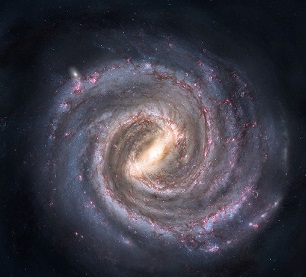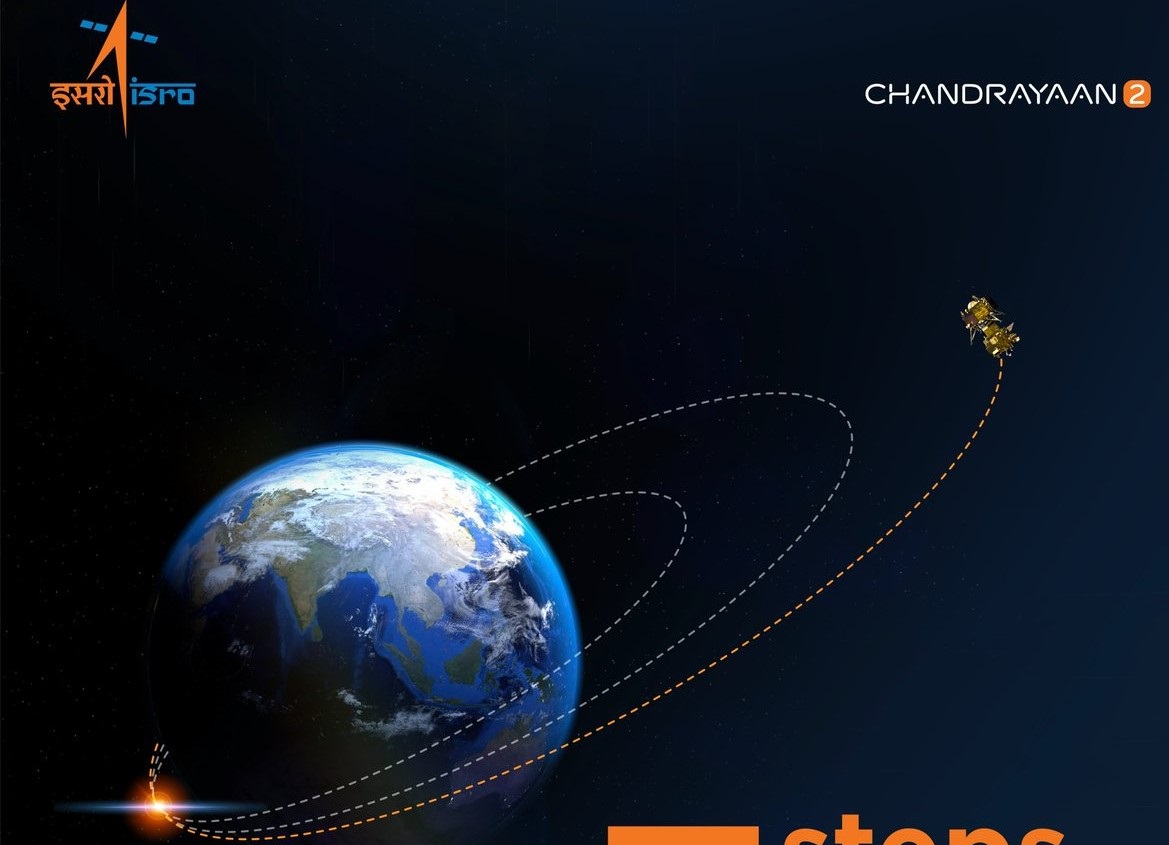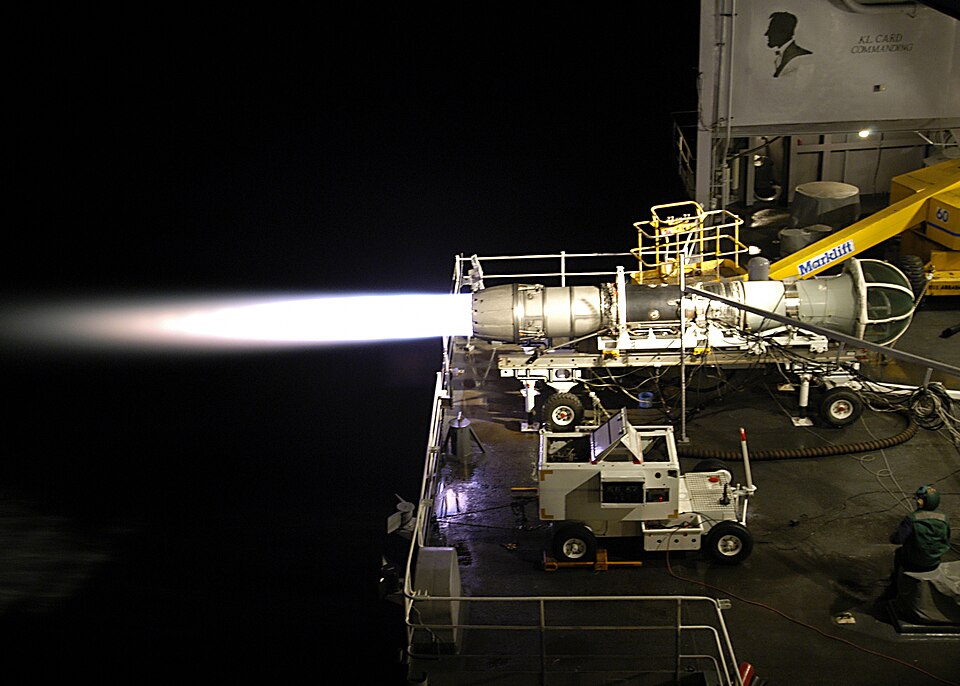
An artistic illustration of the Milky Way galaxy.
NAINITAL, UTTARAKHAND (PTI): Scientists at the Aryabhatta Research Institute of Observational Sciences (ARIES) in Nainital have discovered 28 new variable stars in the Milky Way galaxy.
ARIES Director Wahab Uddin described the finding of the new variable stars, whose luminosity or brightness keeps changing, as a "rare achievement".
It is for the first time that variable stars have been identified in Globular cluster NGC 4147 in the constellation of Coma Berenices, said former director of ARIES, Anil Pande, who now works at the institute as a senior scientist.
"The discovery by ARIES scientists could be crucial in advancing knowledge about the composition of globular clusters in general," Pande told PTI.
Besides the detection of new variable stars, the study also provides important insights into the internal structure of NGC 4147 which is located closer to the Earth than previously thought, he said.
"The ARIES team of researchers led by Dr. Sneh Lata and Dr. A K Pandey performed photometric observations of globular cluster NGC 4147 using 3.6 metre Devasthal Optical Telescope (DOT) established in 2016 near Nainital," Pande said.
A variable star is a star whose luminosity or brightness changes.
"This change may be caused due to periodical swelling and shrinking of the star or occasional block of light due to an eclipse by some other solar body," he said.
NGC 4147 was discovered by British astronomer William Herschel in 1784, who described the globular cluster as "very bright, pretty large, gradually brighter in the middle."
This is a relatively small globular cluster, ranking 112th in luminosity among the Milky Way globular cluster population, Pande said.
A globular cluster is a spherical collection of stars that orbit a galactic core, as a satellite.
Globular clusters are very tightly bound by gravity, which gives them their spherical shapes, and relatively high stellar densities towards their centres, he said.
Such clusters are found in the halo of the galaxy and contain considerably more and older stars, according to Pande.
Although it appears that globular clusters contain oldest population of the galaxy, their origins and their role in galactic evolution are still unclear, he said.
The detailed findings of the research will be published in the August issue of the Astronomical Journal.
 Previous Article
Previous Article Next Article
Next Article













The Indian Air Force, in its flight trials evaluation report submitted before the Defence Ministry l..
view articleAn insight into the Medium Multi-Role Combat Aircraft competition...
view articleSky enthusiasts can now spot the International Space Station (ISS) commanded by Indian-American astr..
view article